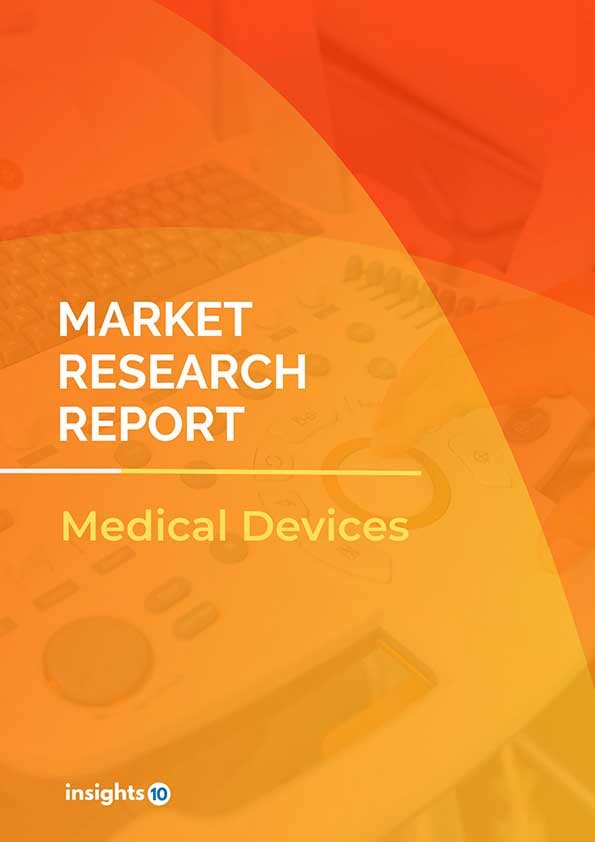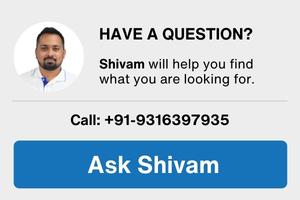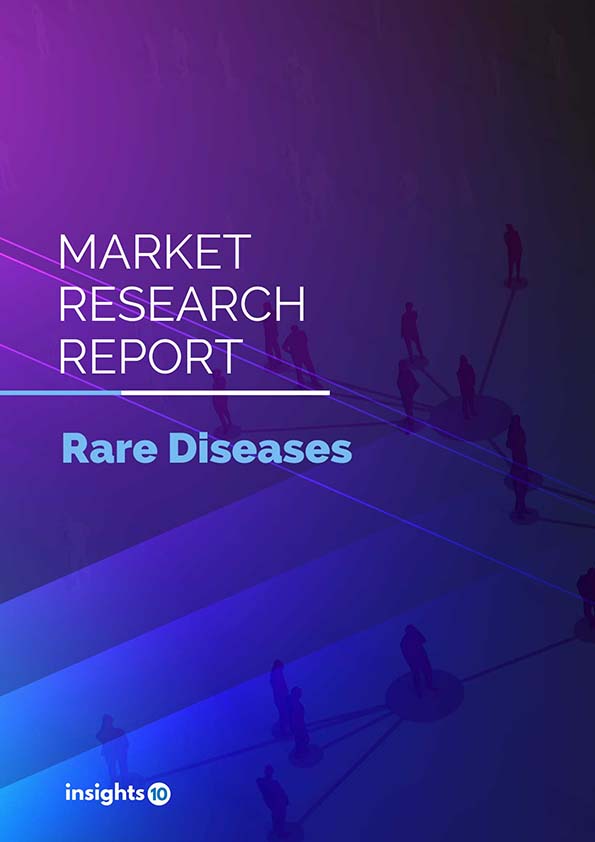India Dental Consumables Market Analysis
The India Dental Consumables Market was valued at $614.7 Mn in 2023 and is projected to grow at a CAGR of 11% from 2023 to 2023, to $1276.2 Mn by 2030. The key drivers of this industry growing dental care needs, technological advancements, expanding dental infrastructure, increasing disposable incomes, public health initiatives, dental tourism, rising consumption of sugary and starchy foods, rise in unhealthy eating habits due to rising urbanization, and changing living standards. The industry is primarily dominated by players such as Prime Dental Products, Mani Inc, Osstem Implant, Anand Meporducts, Dentsply Sirona, 3M among others.
Buy Now

India Dental Consumables Market Executive Summary
The India Dental Consumables Market is at around $614.7 Mn in 2023 and is projected to reach $1276.2 Mn in 2030, exhibiting a CAGR of 11% during the forecast period 2023-2030.
A broad range of goods and supplies used in dentistry practices and procedures are referred to as dental consumables. To give patients dental care and treatment, certain consumables are necessary. Dental supplies are essential for guaranteeing that patients receive top-notch care and for encouraging their best oral health. A wide variety of goods and materials, from simple checkups and preventive care to intricate restorative and surgical operations, are included in this category of consumables. Dentists and hygienists' go-to instruments and hand tools are at the forefront of dental consumables. Products and materials used in dental offices for a variety of oral health care-related functions are referred to as dental consumables.
Dental instruments, such as scalers, mirrors, and probes, are used for examination and cleaning; dental materials, such as composites, cements, and impression materials, are used for restorative procedures and the fabrication of dental appliances; preventive products, such as floss, brushes, and fluoride agents, are used to promote oral hygiene and prevent cavities; disposables, such as bibs, suction tips, and gloves, are used to control infections; restorative materials, such as crowns, bridges, and implants, are used to replace missing teeth; and analgesics, antibiotics, and anaesthetics are used to manage pain and treat infections. In order to diagnose and treat dental problems, restore tooth structure and function, maintain oral health, guarantee patient comfort and safety, and offer complete dental treatment to patients of all ages, dentists need these consumables. They are essential instruments in modern dentistry.
The prevalence of oral diseases in India is high, with dental caries affecting 50% of children and 79.2% of adults, and periodontal disease affecting 66.2% of children and 89.2% of adults. Oral cancer is also a significant concern, with an incidence rate of 0.4 per 100,000 population. The market therefore is driven by significant factors like growing dental care needs, technological advancements, expanding dental infrastructure, increasing disposable incomes, public health initiatives, dental tourism, rising consumption of sugary and starchy foods, rise in unhealthy eating habits due to rising urbanization, changing living standards etc
The industry is primarily dominated by players such as Prime Dental Products, Mani Inc, Osstem Implant, Anand Meporducts, Dentsply Sirona, 3M among others.
Market Dynamics
Market Drivers
Large population and growing middle class: India has a vast population of over 1.3 billion people, with a rapidly growing middle class. This large consumer base, coupled with increasing disposable incomes, drives the demand for dental treatments and associated consumables.
Rising Awareness along with increase in prevalence rate: The prevalence of oral diseases in India is high, with dental caries affecting 50% of children and 79.2% of adults, and periodontal disease affecting 66.2% of children and 89.2% of adults. Oral cancer is also a significant concern, with an incidence rate of 0.4 per 100,000 population. There is also growing awareness about the importance of oral health and the need for regular dental check-ups and treatments, especially in urban areas. This increased awareness and prevalence rate contributes to the demand for dental consumables.
Expansion of dental infrastructure: The Indian dental industry is witnessing significant growth, with the establishment of new dental colleges, clinics, and hospitals across the country. This expansion of dental infrastructure creates a higher demand for dental consumables.
Market Restraints
Affordability and access to dental care: A significant portion of the Indian population, particularly in rural areas and low-income communities, has limited access to dental care due to affordability issues and a shortage of dental professionals. This can restrain the demand for dental consumables in these areas.
Regulatory challenges: The introduction of new dental consumables in India requires rigorous testing and regulatory approvals from authorities like the Central Drugs Standard Control Organization (CDSCO), which can be a time-consuming and costly process, potentially hindering innovation and market entry.
Shortage of trained dental professionals: India faces a shortage of trained and experienced dental professionals, particularly in rural and semi-urban areas, which can limit the overall demand for dental consumables.
Regulatory Landscape and Reimbursement Scenario
India has a well-established regulatory framework for dental consumables, overseen by the Central Drugs Standard Control Organization (CDSCO) under the Ministry of Health and Family Welfare. Dental consumables, classified as medical devices under the Drugs and Cosmetics Act and Medical Devices Rules, require registration and approval from the CDSCO before being marketed in the country. Manufacturers and importers must comply with relevant quality standards and undergo clinical trials or safety evaluations, depending on the risk classification of the consumable. However, the reimbursement landscape for dental consumables in India is relatively limited. The public healthcare system primarily focuses on preventive and basic dental treatments, with limited coverage for advanced or cosmetic procedures involving specialized consumables. Some private health insurance plans offer dental coverage, but the extent of reimbursement for consumables varies widely among providers. As a result, a significant portion of dental care expenses, including the cost of consumables, is borne by patients through out-of-pocket payments. While corporate dental insurance and government initiatives aim to improve access to dental care, the reimbursement or coverage for dental consumables under these programs is often limited.
Competitive Landscape
Key Players
Here are some of the major key players in the India Dental Consumables Market:
- Dr Reddy’s
- Cipla
- Anand Meporducts
- Indident Medical Devices
- Prime Dental Products Pvt Ltd
- Colgate Palmolive
- Dentsply Sirona
- Mani Inc
- Zimmer Biomet
- Straumann Holding
- 3M
1. Executive Summary
1.1 Device Overview
1.2 Global Scenario
1.3 Country Overview
1.4 Healthcare Scenario in Country
1.5 Regulatory Landscape for Medical Device
1.6 Health Insurance Coverage in Country
1.7 Type of Medical Device
1.8 Recent Developments in the Country
2. Market Size and Forecasting
2.1 Market Size (With Excel and Methodology)
2.2 Market Segmentation (Check all Segments in Segmentation Section)
3. Market Dynamics
3.1 Market Drivers
3.2 Market Restraints
4. Competitive Landscape
4.1 Major Market Share
4.2 Key Company Profile (Check all Companies in the Summary Section)
4.2.1 Company
4.2.1.1 Overview
4.2.1.2 Product Applications and Services
4.2.1.3 Recent Developments
4.2.1.4 Partnerships Ecosystem
4.2.1.5 Financials (Based on Availability)
5. Reimbursement Scenario
5.1 Reimbursement Regulation
5.2 Reimbursement Process for Diagnosis
5.3 Reimbursement Process for Treatment
6. Methodology and Scope
India Dental Consumables Market Segmentation
By Product
- Dental Implants
- Dental Prosthetics
- Endodontics
- Orthodontics
- Periodontics
- Retail Dental Care Essentials
- Other Dental Consumables
By End User
- Dental Hospitals and Clinic
- Dental Laboratory
- Others
By Material
- Metals
- Polymers
- Ceramics
- Biomaterials
- Others
Methodology for Database Creation
Our database offers a comprehensive list of healthcare centers, meticulously curated to provide detailed information on a wide range of specialties and services. It includes top-tier hospitals, clinics, and diagnostic facilities across 30 countries and 24 specialties, ensuring users can find the healthcare services they need.
Additionally, we provide a comprehensive list of Key Opinion Leaders (KOLs) based on your requirements. Our curated list captures various crucial aspects of the KOLs, offering more than just general information. Whether you're looking to boost brand awareness, drive engagement, or launch a new product, our extensive list of KOLs ensures you have the right experts by your side. Covering 30 countries and 36 specialties, our database guarantees access to the best KOLs in the healthcare industry, supporting strategic decisions and enhancing your initiatives.
How Do We Get It?
Our database is created and maintained through a combination of secondary and primary research methodologies.
1. Secondary Research
With many years of experience in the healthcare field, we have our own rich proprietary data from various past projects. This historical data serves as the foundation for our database. Our continuous process of gathering data involves:
- Analyzing historical proprietary data collected from multiple projects.
- Regularly updating our existing data sets with new findings and trends.
- Ensuring data consistency and accuracy through rigorous validation processes.
With extensive experience in the field, we have developed a proprietary GenAI-based technology that is uniquely tailored to our organization. This advanced technology enables us to scan a wide array of relevant information sources across the internet. Our data-gathering process includes:
- Searching through academic conferences, published research, citations, and social media platforms
- Collecting and compiling diverse data to build a comprehensive and detailed database
- Continuously updating our database with new information to ensure its relevance and accuracy
2. Primary Research
To complement and validate our secondary data, we engage in primary research through local tie-ups and partnerships. This process involves:
- Collaborating with local healthcare providers, hospitals, and clinics to gather real-time data.
- Conducting surveys, interviews, and field studies to collect fresh data directly from the source.
- Continuously refreshing our database to ensure that the information remains current and reliable.
- Validating secondary data through cross-referencing with primary data to ensure accuracy and relevance.
Combining Secondary and Primary Research
By integrating both secondary and primary research methodologies, we ensure that our database is comprehensive, accurate, and up-to-date. The combined process involves:
- Merging historical data from secondary research with real-time data from primary research.
- Conducting thorough data validation and cleansing to remove inconsistencies and errors.
- Organizing data into a structured format that is easily accessible and usable for various applications.
- Continuously monitoring and updating the database to reflect the latest developments and trends in the healthcare field.
Through this meticulous process, we create a final database tailored to each region and domain within the healthcare industry. This approach ensures that our clients receive reliable and relevant data, empowering them to make informed decisions and drive innovation in their respective fields.
To request a free sample copy of this report, please complete the form below.
We value your inquiry and offer free customization with every report to fulfil your exact research needs.











































